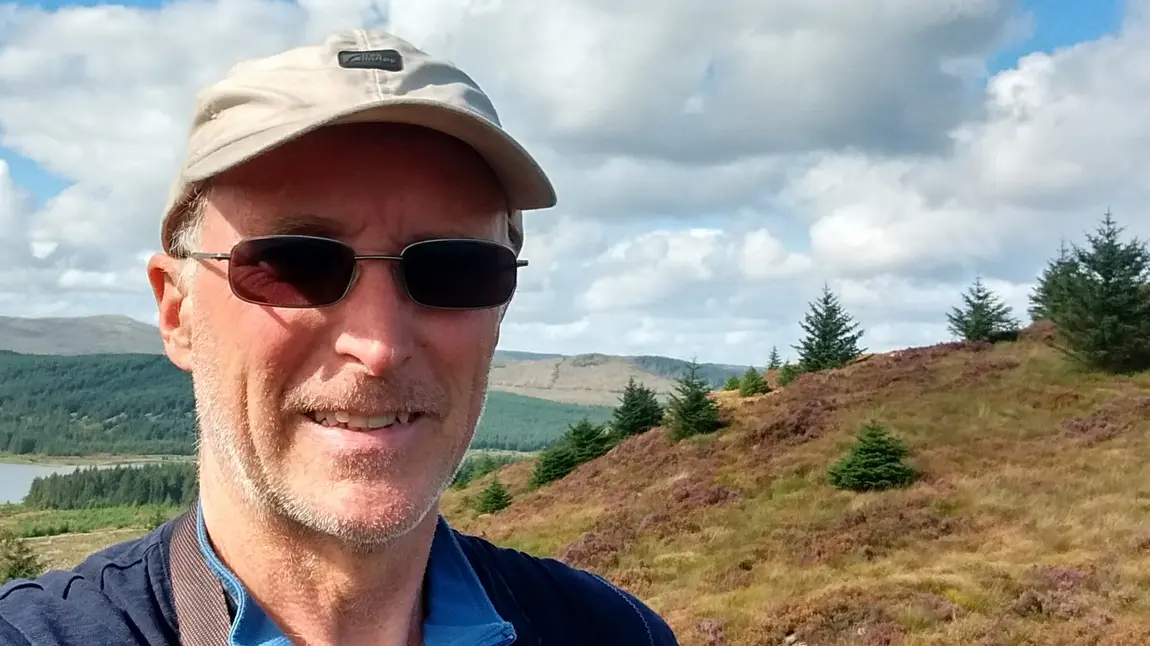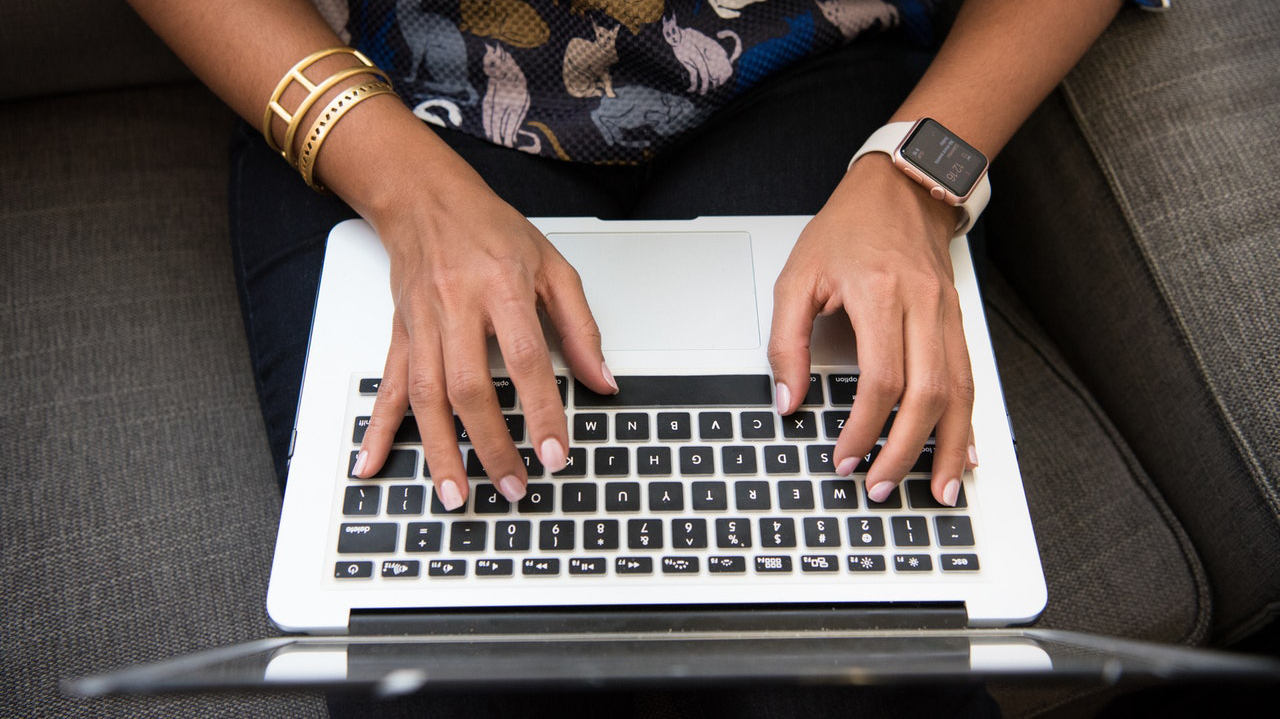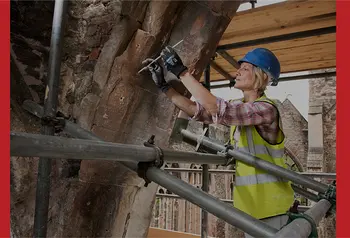Making heritage websites accessible to all

As society moves increasingly online, heritage projects need to be able to make use of new opportunities for outreach and support. Online accessibility is fundamental to this.
"Every change you make to improve your website’s accessibility, no matter how small, makes the user experience better for someone; and often for everyone."
Alistair McNaught
At its core, online accessibility is about understanding how disabled people engage online. Different disabled users have different requirements – deaf people and blind people have entirely different needs, for example. Inclusive digital design minimises barriers for everyone.
To help heritage organisations with this, I was asked by The National Lottery Heritage Fund to produce a short, easy-to-use online accessibility guide for its Digital Skills for Heritage initiative.
When preparing the guide, two research associates – Ron Mitchell and Lilian Soon – performed basic accessibility checks on 26 UK-based heritage websites. I contacted 29 people with a range of disabilities to hear about their experiences of websites and learn what they would look for in a heritage site. This is what we discovered.
The digital heritage landscape
Not surprisingly, virtually all the websites surveyed had text and images. Social media and either video or audio featured on around three quarters of websites, while just over a quarter had payment, support or subscription options.
These formats and features are important for engaging users – and many provide accessibility benefits. But it’s also important to be aware of how they can exclude disabled people.
Speaking to disabled users
I asked disabled users what would encourage them to engage with a heritage project online. Points raised included: “Good information in the right format. Clear links. Minimal clicks. Simple navigation. Not too much text.” The importance of subtitling audiovisual materials was also raised.
Summing it up neatly, one person responded that they needed confidence an organisation understood a disabled person’s needs and had made attempts to meet them.
When this doesn’t happen, disabled users are excluded. One user told me that they attempted to visit a well-known heritage organisation’s website, but was “turned off by how bad it was."

How you can help
One of the most useful things a heritage organisation can do is to create an accessibility statement to a sample template. An accessibility statement lets disabled users know what to expect from your website. It helps them gain from your accessibility benefits and anticipate any barriers that remain.
Our review of the 26 websites found that the majority had no accessibility statement – creating one would provide a significant gain.
"Summing it up neatly, one person responded that they needed confidence an organisation understood a disabled person’s needs and had made attempts to meet them."
Alistair McNaught
Beyond providing an accessibility statement, we identified five ways that heritage organisations could address common barriers:
- Use free accessibility audit tools (like Wave) to identify and resolve simple accessibility issues.
- Some users can’t operate a computer mouse, and instead use the keyboard to navigate a website. Do simple manual tests using the Tab, Enter, Space and up/down arrow keys to see how well this functions on your website.
- Check hyperlinks have unique and meaningful text, rather than writing “click here” or an equivalent. Meaningful text allows visually impaired people who use screenreader technology to rapidly navigate websites via links, without having to read every paragraph.
- To support blind and partially sighted users, check that your website images have alternative text (alt text), which describes what the images show. If an image is only decorative make sure it is marked appropriately.
- Use transcripts, captions or other alternatives to make sure multimedia is accessible to people with sensory impairments.
Their final recommendation was simple: read the Digital Skills for Heritage online accessibility guidance! The above points (and more) are explained in further detail.
Improving users’ experiences
Many people working on heritage projects, including volunteers, may not be digitally confident, but now is a great time to commit to learning more about online accessibility.
Every change you make to improve your website’s accessibility, no matter how small, makes the user experience better for someone; and often for everyone. This will mean more people taking part in and supporting your project.
Join our online accessibility webinar
Find out more about how digital accessibility can transform a disabled person's experience online. Join Alistair McNaught and The National Lottery heritage Fund's Head of Digital Policy, Josie Fraser, at our online accessibility webinar, 2pm on 13 August 2020. They will discuss our new online accessibility guide and answer questions.
About Alistair
Alistair has 39 years’ experience in education, both in the classroom and in advisory and support roles. He is a founding member of the Digital Accessibility Working Group, liaising with Government Digital Services on behalf of the public sector and education. He has contributed to national digital content and accessibility training programmes and ICT and disability publications, including for the Royal National Institute of Blind People and Dyslexia Journal.
His interest in heritage has seen him running a conservation group for many years and creating a family-friendly geology trail for Winchester Cathedral.
Alistair is grateful to the following for support in preparing the guide: Ron Mitchell at Mitchellmedia; Lilian Soon at University of York, Zoe Hanscombe at OpenSight, accessibility engineer James Scholes; Atif Choudhury at Diversity and Ability; Sam Egerton Kemp for help with contacting members of the deaf community; Maggie McKay for help with contacting people with cognitive difficulties.


